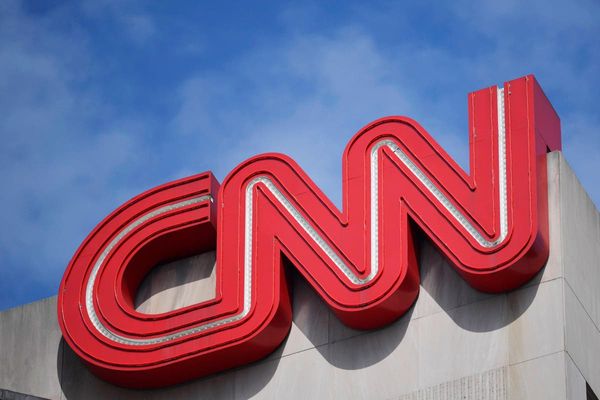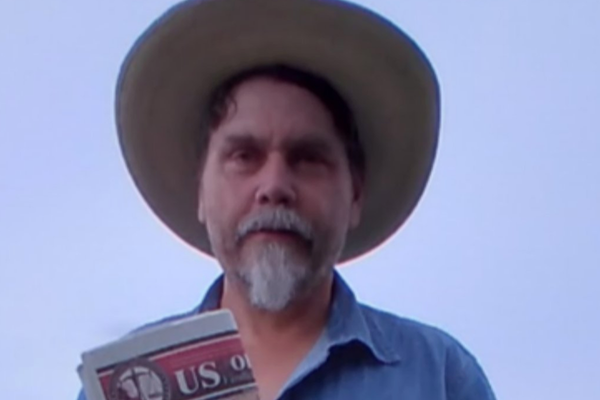
Print media isn’t dying. It’s already dead. Or, rather, it’s the undead — a dwindling herd of slow-walking zombies, kept staggering on by the virus that is gambling promotion.
Now that traditional media outlets have suddenly discovered the scourge of violence against women, here’s something they can do: stop taking money from an industry that’s been identified as one of the key intensifiers of that violence.
They’re already doing all they can to vanish the physical newspaper from public view, with decade-long price hikes well over inflation and restricted distribution, particularly outside their core metro areas. Getting The Australian onto your doorstep every day will set you back $1,000 a year. Talk about cost of living pressures.
CCOVID lockdowns hurried on the disappearance, ending the promotional distribution of papers through cafes, bars, gyms, sports stadiums and airports that, whatever it did for sales, acted to create a sense of the universality, the solidity, of print as a medium.
The once-grand newspaper buildings that reinforced the importance of the printed word with their presence on the main street of just about every town across Australia have themselves been turned into that ultimate city-scape zombie — facades for high-rise apartments or retro themed restaurants or hotels.
Just how many print copies of Australia’s once-dominant metro mastheads are being bought? Maybe 40,000-50,000 on average, based on long-term trends and on the only publicly acknowledged ratio of print to digital subs by an Australian publisher (about one print to five digital for News Corp’s London Times).
Last week, the Audited Media Association of Australia threw in the towel, announcing that it was giving up trying to audit print circulation after the major publishers withdrew over the past decade. (Now that digital subscriptions are plateauing, expect Australia’s publishers to follow Netflix’s lead and stop releasing numbers.)
So why print at all? It’s the known unknowns lurking in the back of the traditional media’s collective brain: will the value proposition of the digital product (nearly $500 a year for The Australian) hold up without even the pretence of a physical paper underpinning it? Will news media matter when it finally surrenders its front page agenda-setting power, however attenuated it now may be?
The printed paper has already lost the strutting confidence that it sets the news agenda, having been reshaped in the image of social media and redesigned for the discovery of search. The moral panic front-page headlines echo Twitter in large type; the commentary (hello, Andrew Bolt!) reads as Boomer Facebook; the image-heavy sports pages mimic post-square Instagram. It’s the same at Sky, with its content boiled down and structured by length to leverage YouTube.
News Corp’s hated “woke scolds” drove out the 20th century soft porn Page Three girls. Now, the papers cater to their (largely male) audience with more modern (although not much more dressed) half-body influencer-style shots of young women.
It was ever so. As Marshall McLuhan recognised in his now 60-year-old classic Understanding Media, new mediums reshape the old. Newspaper content went tabloid-style under pressure from radio, and image-heavy in response to television (before following TV from black and white to colour).
The undead daily print product mainly exists to promote gambling through inserted form guides, with all those details cleverly crafted into that peculiar code once taught to all earlier generations of newspaper cadets. These guides take up between a fifth and a quarter of the pages of a typical daily News Corp tabloid.
It’s the leftovers of Australia’s strong history of racing journalism, of writers like Banjo Paterson in Federation-era Sydney, Bert “Cardigan” Wolfe in Melbourne’s Herald between the wars, or Bert Lillye in The Sydney Morning Herald in the 1960s and 1970s. (In an end-of-an-era kind of way, one of the best of the genre, Max Presnell, retired last month after 67 years.)
As a product, the form guide is now supply driven: bought and paid for by the racing industry. For such strong campaigners on transparency, Australia’s media companies are deeply secretive about these multimillion-dollar arrangements, but Anne Davies in The Guardian last year reported that The Daily Telegraph trousers between $8 and $10 million a year from Racing NSW (which, in turn, gets about 80% of its money from turnover on race betting.)
If the figures are typical, then these form guides — almost alone — are keeping the presses running – at least for the News Corp tabloids.
Australia’s printed papers are not the only undead stumbling around the back paddocks of modern media. The largest US newspaper chain, Gannett, keeps printing ghost papers without journalists to harvest revenues from legally required public notices.
Sport betting threatens to turn linear television ghoulish, haunting our smart TVs to lure audiences for betable sports wrapped around bookmakers’ ads. Meanwhile AI spam, says 404 Media, is turning Facebook into a zombie internet.
The most frightening moment in any zombie film is recognising something loved when it was vibrantly alive has turned suddenly undead. But that’s where printed papers are now.
Are you concerned about traditional media’s reliance on gambling revenue? Let us know your thoughts by writing to letters@crikey.com.au. Please include your full name to be considered for publication. We reserve the right to edit for length and clarity.







